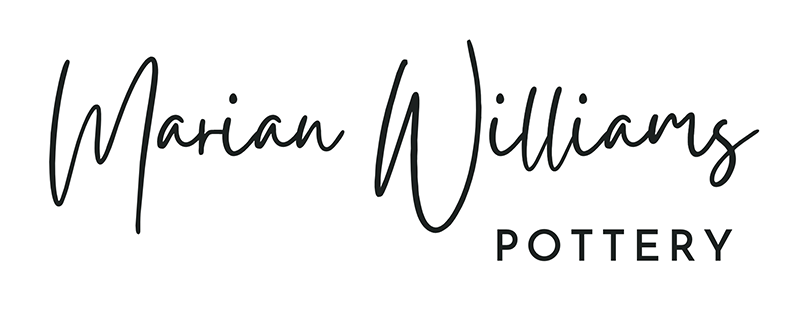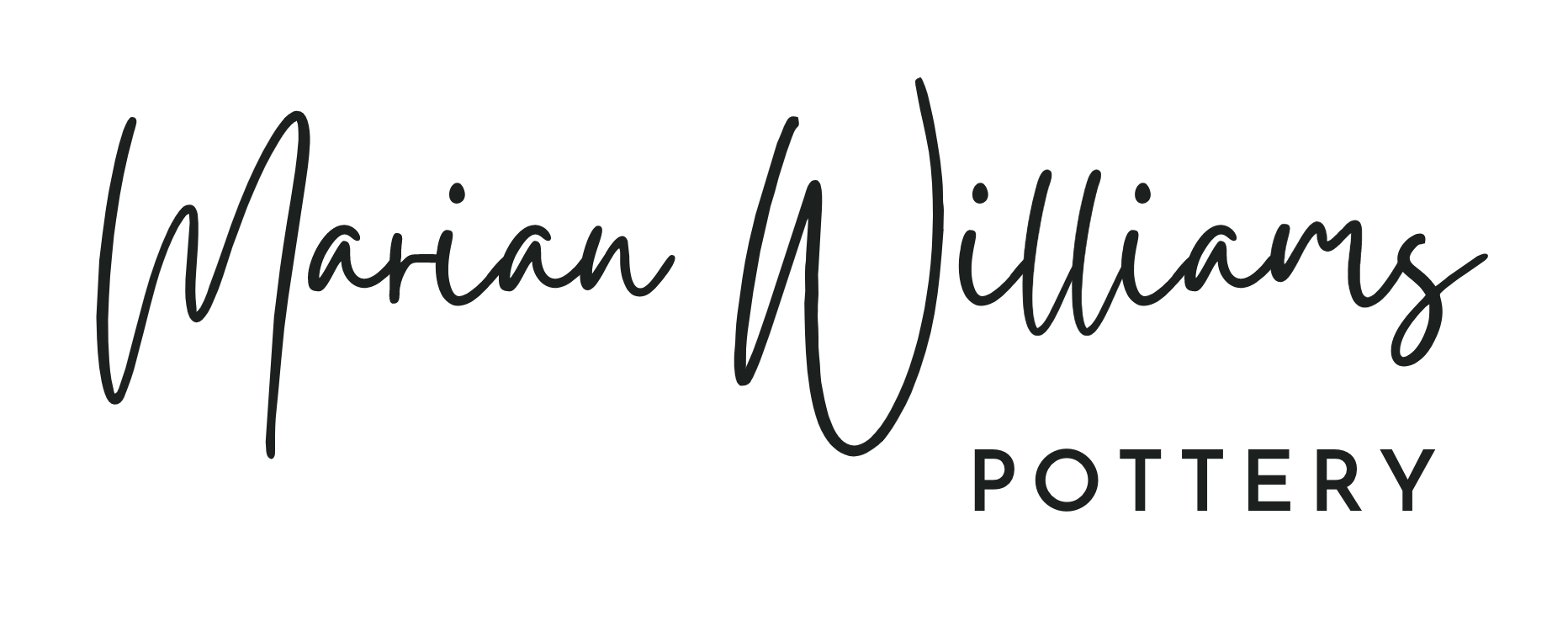Blog post by Musings About Mud
To begin with, I decided to do a first firing of my fibre-lined gas kiln to cone 5 (mid-fire) as I have unfortunately used a variety of clays and due to my lack of record keeping can’t remember what types of clay I used (rats!). As I knew that some of the clays are mid-fire, I didn’t want to chance taking them too high and the cone 5 will work for all the pieces. Much of the clay that I “inherited” when I purchased the gas kiln was mid-fire, so it was good to see how it fires.
My first job was to pack the kiln and although I’ve packed electric kilns, I had never packed “my own” gas kiln-very exciting!
So, the kiln is packed and I’m good to go! I now know (hindsight) that I should have waited til I had a full kiln load, as firing half a kiln load is inefficient, but also the firing is not as good. Also, I made the first shelf very low and that is a no-no! I’m learning, ok!?
The set-up for the gas burners coming into the kiln is really inconvenient. My wonderful husband, Ronnie, was such a help as you have to light the gas torches from under the kiln. Both openings are on the bottom of the kiln, at the side, with the chimney at the back of the kiln -perhaps a poor design?
Lighting the kiln was easy – much like lighting the pilot light on a hot water heater or gas dryer-yes, I’m showing my age here! The thermacoupler at the top of the gas torch must be in the flame and get hot enough to keep the flame going or it will go out. So we were lit and cooking!
I did get some reds! Wahoo! Reduction on the otherwise copper green glaze!
Many of the pieces could have used more glaze. The results even looked a bit “wood-fired” as the clay got a nice toasting in the reduction!
Take a look at the pots on this link! Simply gorgeous! Terry Davies
Originally, my studio was completely housed in the lower part of this building (seen in the photo above) which was the offices for Griffith Tablecraft.
So I began small and never could have believed the treasures that could be found in Australia!
The studio was pretty basic – no frills, but I didn’t really care – I could throw a pot on my own time, anytime I wanted!
Around and About with Bulldog Pottery: Bulldog Pottery Holiday Weekend
I LOVE, LOVE, LOVE the addition of turquoise to the shino. The combination really pops and adds life to the pots! Can’t wait to try this combination! Good turquoise glaze too-need that recipe.
Fine Mess Pottery: Side Effects, and How to Pour a Plaster Drying Block

















































